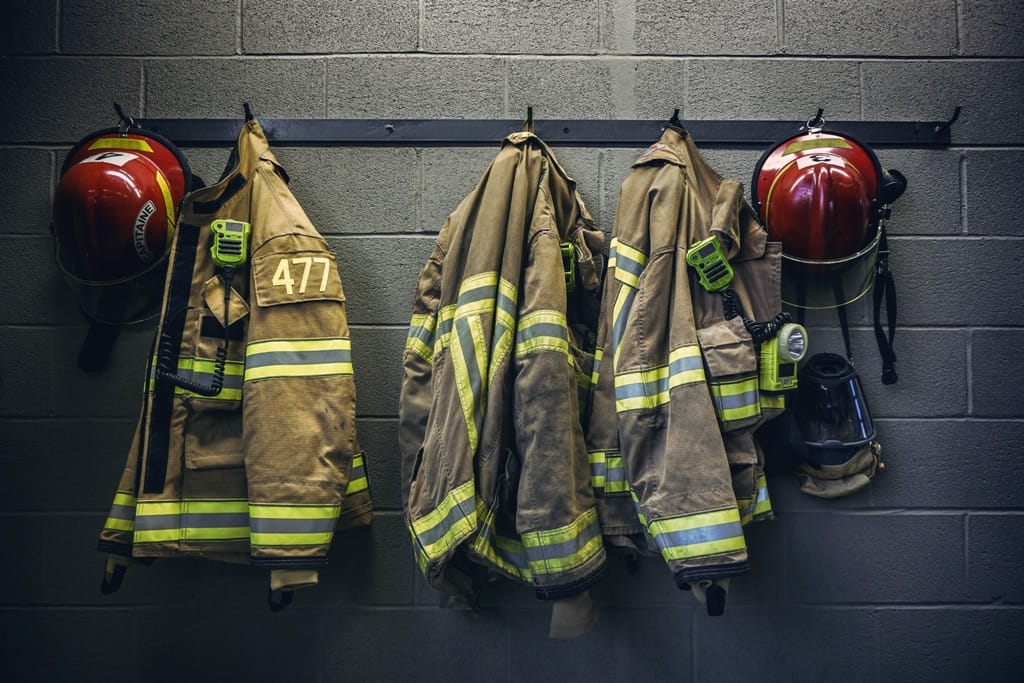
Firefighters put themselves in harm’s way to save lives. That heroism earns them a special place in the hearts of many.
Often, their more acute workplace injuries make the news — burns, smoke inhalation and injuries from falling. What firefighters know better than most are the occupational hazards that can show up decades later. That is the case with Bill Hillgaertner who recently passed away from complications of mesothelioma at the age of 79 after a long career in public service.
The cost of a lifetime of public service
Hillgaertner began his career at age 16 when he became a volunteer firefighter. Shortly after, he joined the Air National Guard/Air Force Reserve, and later, the Marine Corps. The majority of his career was spent working in both fire and police departments. His work involved spending significant amounts of time both fighting fires and examining fires for signs of arson.
Late in his life, Hillgaertner was diagnosed with mesothelioma. This rare form of cancer affects the tissue lining certain vital organs, such as the lungs and heart. Mesothelioma is caused by exposure to asbestos. This naturally occurring mineral has heat-resistance and insulation properties, which lend themselves to construction materials. After wide-spread use from the 1930s to the late 1970s, the U.S. categorized asbestos as a known carcinogen in 1978 and banned many forms.
Despite the partial ban, a significant number of older homes and buildings still contain asbestos today. Undisturbed asbestos fibers do not pose a health hazard but when disturbed, such as during remodeling or during a fire, the fibers become airborne and find their way into the lungs of those nearby.
For firefighters, asbestos is an occupational hazard
Although asbestos is largely heat-resistant, the intensity of a house fire can damage asbestos to the point where high concentrations of the carcinogenic fibers become airborne. Upon inhalation, the fibers enter the tissue in the lungs where they become lodged. After a decade or more, the abrasive fibers cause enough damage to surrounding tissue that, as in the case of Hillgaertner, mesothelioma can develop.
For many firefighters and their loved ones, lung conditions, such as mesothelioma, are an unfortunate occupational hazard. Securing financial support from the responsible party can open the door to new treatment options.


